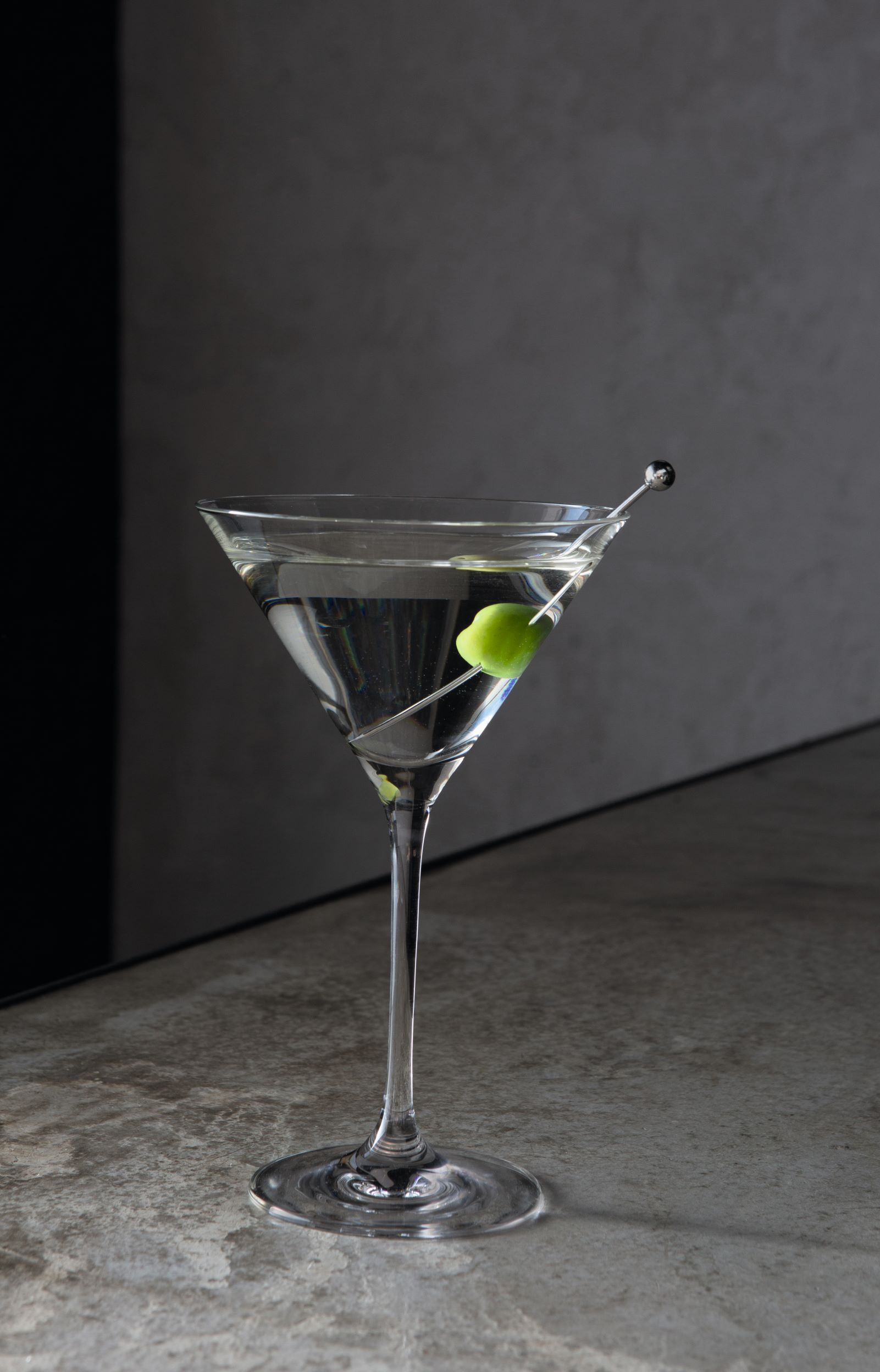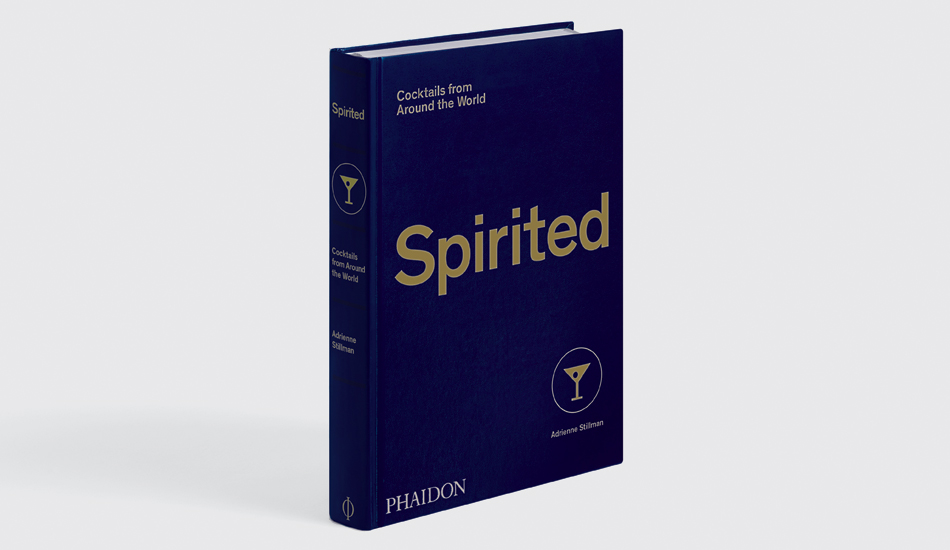
The true tales behind the world's greatest cocktails
Spirited: Cocktails from Around the World reveals the fascinating origins of the drinks we enjoy today
Our new book Spirited is a truly authoritative, global overview of cocktail recipes. Subtitled Cocktails from Around the World, it offers advice on everything from how to make syrups and handle ice, through to how to set up a home bar. However, author Adrienne Stillman also offers unparalleled insight into the storied origins of many of the featured drinks.
Take, for example, Atholl Brose, a comforting Scottish confection of whisky, oatmeal, honey and cream, which, as Stillman writes, is “a traditional Scottish drink consumed on Hogmanay, as New Year’s Eve is known in Scotland.” Its origins aren’t quite so celebratory. “Legend has it the first Earl of Atholl created it in 1475 when he poured whisky, honey, and oatmeal into his enemy’s well,” our author explains, “thereby rendering him and his men intoxicated and easy to capture.”
War stories feature in the stories behind a few of the other drinks in the book. The Bermuda cocktail Dark ‘n’ Stormy - a mix of rum, lime juice and ginger beer - “is said to have been created around the end of World War I by British sailors who combined the local Goslings Black Seal Rum with ginger beer. Legend has it the name comes from the color of the drink, which one sailor observed was ‘the color of a cloud only a fool or dead man would sail under.’”
Sailors might object to the weather, but they couldn’t do much about the potency of another drink that owes its origins to the British Navy, Grog. “Legend has it this cocktail derived its name from Admiral Vernon, nicknamed ‘Old Grog’, in the British Navy in the 1740s,” writes Stillman. “He cut his sailors’ rum ration in half, diluted it with water, and added lemon or lime juice to combat scurvy.”
Doctor Funk, a stronger mix of rum, grenadine, citrus juices, absinthe and club soda, owes its origins to a chronicler of the high seas, Robert Louis Stevenson, the author of Treasure Island. “The original drink included no rum and was created by Dr. Bernard Funk, personal physician to Stevenson when he was living in Samoa,” writes Stillman. “The doctor was also an avid drinkmixer and created this one as a tonic to help his patient survive the island heat.”
Of course the author most closely associated with one particular cocktail, is Ian Fleming, even though the way his literary creation, James Bond, orders martinis is a little unorthodox; a martini “should always be stirred, not shaken,” writes Stillman. However, the barkeeper at Fleming’s old London club came up with a way to up the potency of this particular drink, by skipping the ice stage all together. The Dukes Martini “is the iconic Martini served at London’s Dukes Hotel, once a favorite haunt of James Bond creator Ian Fleming. In the mid 1980s, former head bartender Salvatore Calabrese pioneered the method of freezing the gin in advance, thereby eliminating the need to chill it with ice. This is an extremely potent drink and indeed at Dukes there is a two-drink maximum per guest.”
London’s Savoy Hotel probably let its patrons put away a few more White Ladies, a less potent mix of Cointreau, gin, fresh lemon juice and egg white, which may have been made for the wife of one of America’s greatest novelists. “One story of the White Lady tells that it was created for Zelda Fitzgerald (wife of F. Scott) at the Savoy in the 1920s and so named because of her platinum blond hair. Whether that is true or not, it was a very popular cocktail in Europe during the 1920s–1930s.”
Hemingway, another great literary star of the 1930s, liked one particular mix of champagne and absinthe so much, he named it Death in the Afternoon, after his book about bullfighting. “Hemingway’s instructions for mixing include, ‘Drink three to five of these slowly’” Stillman says.
Another popular drink from around the same time is the Harvard, a mix of Cognac, orange bitters, sweet vermouth and club soda. Why the name, well, as Stillman explains, “in [the classic cocktail book] Old Waldorf Bar Days, Albert Crockett says this drink was ‘Named after a school for young men ... in a suburb of Boston. Alumni who drank it sometimes lost the ‘Harvard accent.’”
A late 19th century drink, Pisco Punch (a mix of Latin-American brandy, pinepple syrup and fresh lime juice) had a more elevating effect on its drinks. The cocktail was “very popular in San Francisco in the late 1800s,” writes Stillman, “and widely served aboard the steamships that traveled between Peru and California. [ British writer] Rudyard Kipling described it as being ‘compounded of the shavings of cherub’s wings.’ The original recipe is shrouded in mystery, with many different theories about the secret ingredient—including that it was the now-defunct Vin Mariani, which was red Bordeaux wine infused with cocaine.”
There was no such mysterious addition to the Monkey Gland, a mix of gin, fresh orange juice, grenadine and absinthe, even though it was named after an inadvisable medical procedure. “Originally created at Harry’s New York Bar in Paris in the 1920s,” writes Stillman, “it was named for a popular treatment developed by Dr. Serge Voronoff to restore male ‘vitality’ by implanting monkey testicles into his human patients.”
Male pride may have also played a role in the naming of the Tom Collins, that perennial mix of gin, lemon juice, sugar syrup and club soda. “There are multiple stories about the origin of this drink,” our author explains. “Most likely it was created in London, a riff on a gin punch. A more fun story is that it was the result of the ‘Great Tom Collins Hoax’ that took New York City by storm in 1874. The joke was to tell someone that Tom Collins had been slandering them and then direct them to look for him at a nearby bar. Of course, no such person existed. Eventually an enterprising bartender decided to name a cocktail after the fictitious character, and so a classic was born.”
To find out how to make all these drinks, and for much more cocktail knowledge besides, order a copy of Spirited, your most informative of drinking companions, here.
